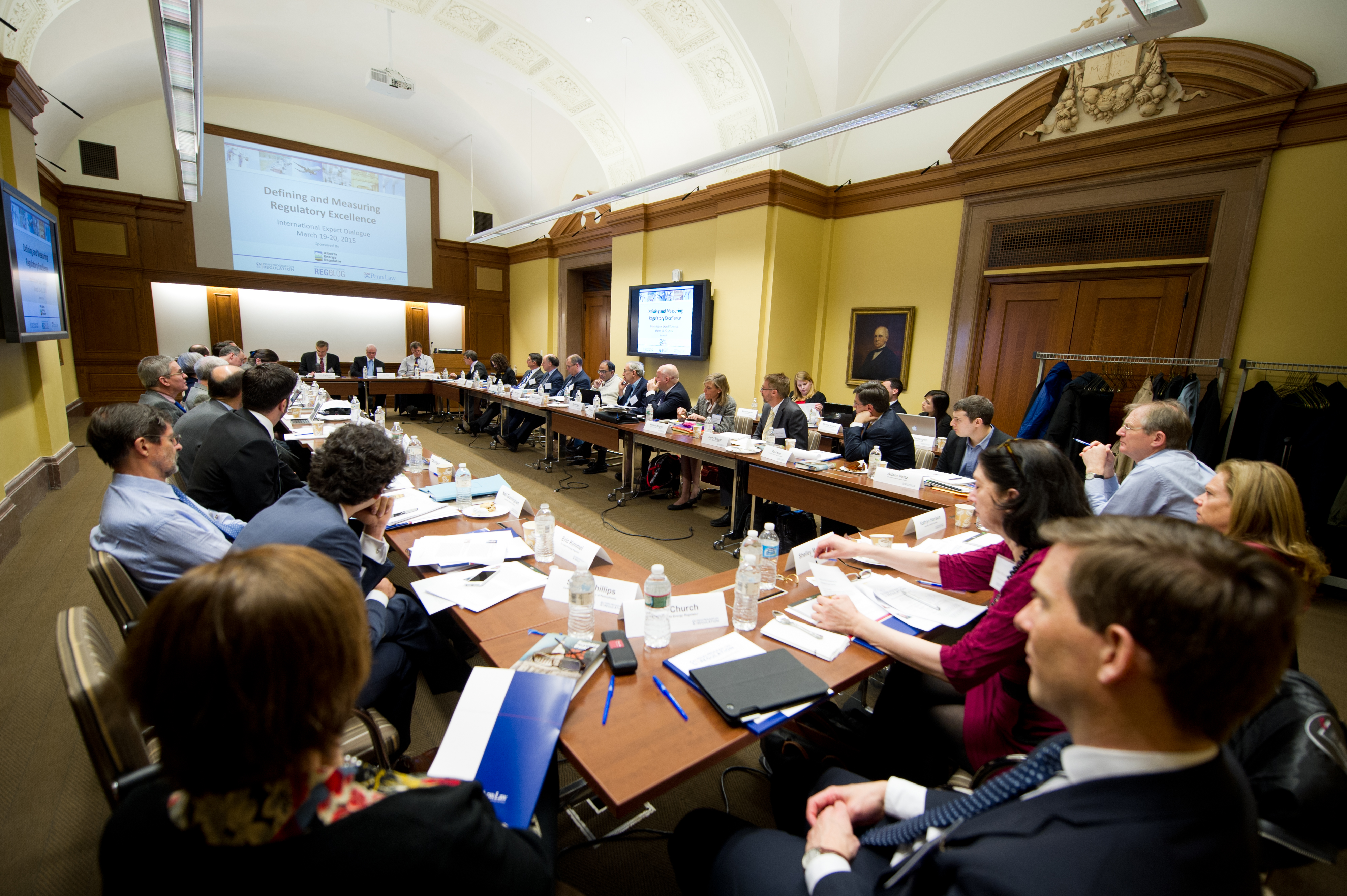
Regulators must master the human side of regulation to achieve excellence.
Around the world, regulators confront highly complex issues that demand in-depth knowledge of science, engineering, technology, economics, and other realms of technical expertise. If they are to achieve excellence in what they do, regulators must obtain mastery of the technical aspects of their work and the operations of the industries they oversee. While regulators may never be able to match industry entirely in terms of technical knowledge, they must ensure they have sufficient in-house capability to assess the actions and associated risks of industry operations in order to be able to oversee industry effectively.
Yet as vital as it is for a regulator to possess adequate technical skills and knowledge, such expertise is only a necessary component of regulatory excellence, not a sufficient one. To move from good regulation to excellent regulation, the regulator also needs to master the “people” side of regulation. That means knowing how to treat people who are subject to the regulator’s scrutiny and sanction. It means knowing how to engage with members of the public too, listening to their views and providing transparent explanations for regulatory decisions.
At its core, regulatory excellence demands the consistent achievement of three fundamental attributes: utmost integrity, empathic engagement, and stellar competence. Stellar competence, of course, necessitates industry know-how and wide-ranging technical skills, including in regulatory analysis itself. Given the wage differentials between government and industry, recruiting and retaining top personnel with these skills remain persistent challenges for regulatory managers around the world. In addition to attracting talented workers, regulatory organizations need to train their workforces, maintain morale, and ensure that staff remain constantly abreast of developments in the industries they oversee.
Yet the best regulators achieve still more. Their workforces have solid communications and social skills too. Regulation, after all, is relational and motivational. It is fundamentally about affecting the behavior of people. The regulator is seldom directly fixing problems; rather, it is working with and through members of the public to identify problems needing to be prevented or redressed, and then it is working with and through the people in the businesses it regulates to shape, steer, and change their behavior and to motivate them to prevent and redress the problems.
Moreover, the problems that regulators seek to redress are ones that affect people outside of the industry. Many members of the public today take great interest in the work of regulators. They want to know what the regulator is doing about problems and they want to have voice in the regulatory process. Regulators also undertake their work in a larger governmental setting which is affected by still other people, such legislators, courts, auditors, and overseers.
Those who are interested in regulatory decisions should have opportunities to learn about what the regulator is doing and to provide input. Although regulatory employees may well have good reason to have many conversations with industry representatives during the course of their practice, the best regulators avoid giving any qualitative favor to one segment of society over the other in their engagement practices. Of course, fairness will at times require taking affirmative efforts at outreach and engagement, such as translating websites or documents into different languages, providing financial or expert support for less-advantaged groups or communities, and acknowledging and embracing cultural differences.
Public engagement should ultimately aim to be interactive and conversational – not just a regulator talking “at” members of the public. As with personal relationships, listening is essential. Listening, of course, is not the same as agreeing. After all, the regulator needs to deliver public value, which means that it will at times – perhaps even often – make decisions that will be in tension with some interests in society.
That is a key reason why transparency is important. It too is conversational. Merely uploading raw data on a website does not make for meaningful transparency. Information disclosed needs to be accessible, relevant, and comprehensible as well as accurate for all potential users – both those in industry as well as for the public more broadly. But transparency goes beyond mere disclosure of information; it also demands disclosure of reasons for regulatory decisions. If a regulator must make a decision that will be opposed or disfavored by some, the public deserves a forthright account of the public policy reasons underlying the decision.
Public engagement is not something that just takes place in formal hearings or via formal public comment periods. It occurs in every individual interaction between a regulatory employee and someone outside the regulatory organization, whether on the telephone, in a meeting, or during an inspection encounter. Just as private businesses train their employees how to interact with customers, public sector organizations should train their workforces how to interact fairly, respectfully, and empathically with members of the public. The excellent regulator bakes empathic engagement into its culture.
This is why regulatory excellence demands “people excellence.” Yes, regulatory managers definitely need to ensure that their employees are technically knowledgeable and highly competent. But they also need to build organizational cultures that foster and reinforce humility, empathy, and a steadfast commitment to public service on the part of the people who serve in the regulatory organization’s name – and on behalf of the public to which that regulator is accountable. Only if the people working in a regulatory organization are committed to doing their utmost to deliver public value, and to learning and to improving their ability to deliver value in an environment that requires respectful engagement with others, can a regulator expect to achieve true excellence.
This essay is part three of a three-part series highlighting the release of the Best-in-Class Initiative’s final report.




